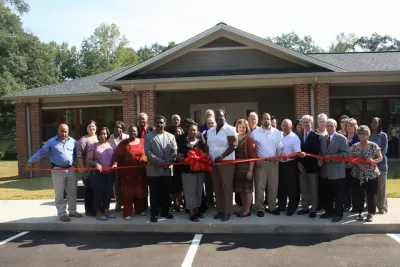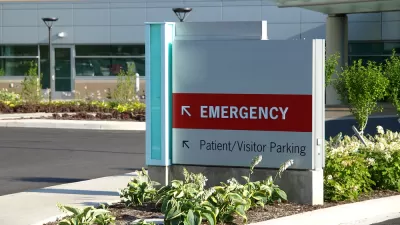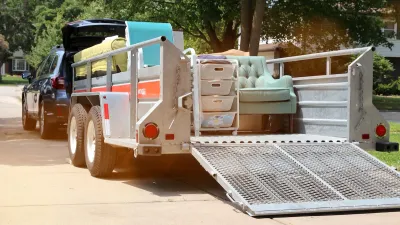Access to healthcare and city or suburban lifestyles seem to be tied to a longer life.

Where you live plays a big part in your life expectancy. "Many studies have recently highlighted this growing divide between health outcomes in urban and rural America. But it’s increasingly true that, more than income, more than the frequency with which you exercise, the simple fact of where you live can have a huge impact on your health" according to a story from Sarah Frostenson in Vox.
Over the past 15 years, the rates of deaths from heart disease and cancer have slowed down as treatments improved. But, "[i]n rural areas, improvements are now slowing and even declining, widening the rural-urban health gap," Frostenson writes. "Most shockingly, rural Americans were 50 percent more likely to die from an unintentional injury than urban Americans during this 15-year period," she continues. There are many possible causes for the poor public health outcomes of rural areas, including the lack of health resources in sparsely populated areas. "Rural health clinics are far more likely to be understaffed (only 11 percent of all physicians choose to practice in rural areas), and they often lack subspecialty care, which hurts people who need specialized treatment," Frostenson writes.
FULL STORY: The death rate gap between urban and rural America is getting wider

Trump Administration Could Effectively End Housing Voucher Program
Federal officials are eyeing major cuts to the Section 8 program that helps millions of low-income households pay rent.

Planetizen Federal Action Tracker
A weekly monitor of how Trump’s orders and actions are impacting planners and planning in America.

Ken Jennings Launches Transit Web Series
The Jeopardy champ wants you to ride public transit.

Washington Legislature Passes Rent Increase Cap
A bill that caps rent increases at 7 percent plus inflation is headed to the governor’s desk.

From Planning to Action: How LA County Is Rethinking Climate Resilience
Chief Sustainability Officer Rita Kampalath outlines the County’s shift from planning to implementation in its climate resilience efforts, emphasizing cross-departmental coordination, updated recovery strategies, and the need for flexible funding.

New Mexico Aging Department Commits to Helping Seniors Age ‘In Place’ and ‘Autonomously’ in New Draft Plan
As New Mexico’s population of seniors continues to grow, the state’s aging department is proposing expanded initiatives to help seniors maintain their autonomy while also supporting family caregivers.
Urban Design for Planners 1: Software Tools
This six-course series explores essential urban design concepts using open source software and equips planners with the tools they need to participate fully in the urban design process.
Planning for Universal Design
Learn the tools for implementing Universal Design in planning regulations.
Heyer Gruel & Associates PA
Ada County Highway District
Institute for Housing and Urban Development Studies (IHS)
City of Grandview
Harvard GSD Executive Education
Toledo-Lucas County Plan Commissions
Salt Lake City
NYU Wagner Graduate School of Public Service





























